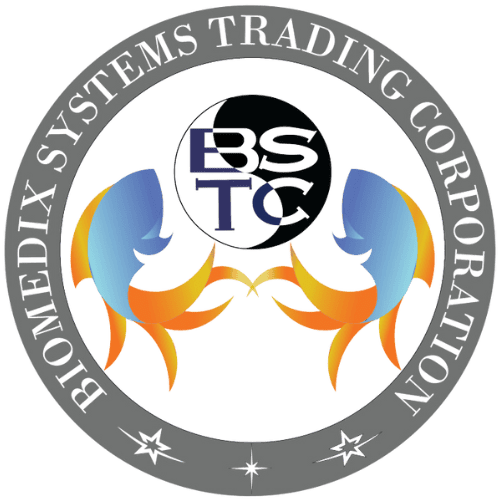

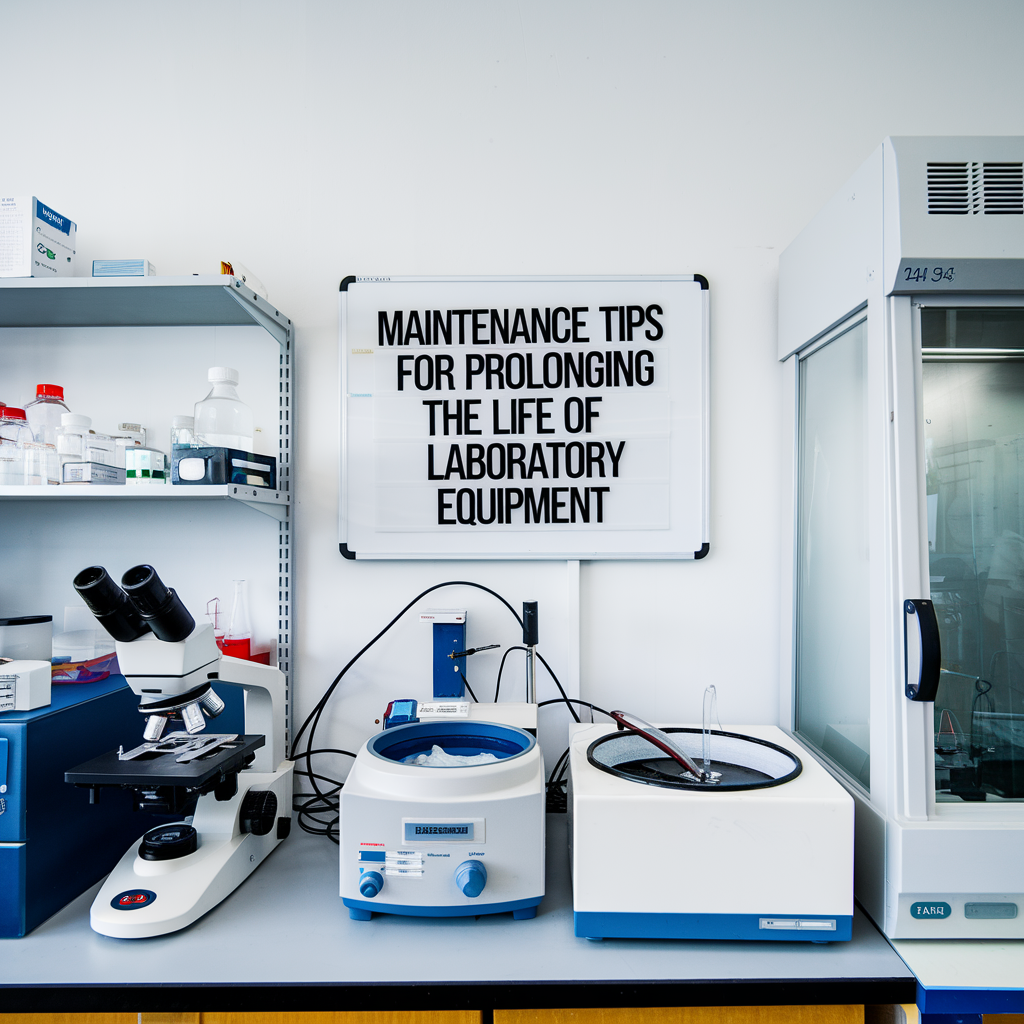
Laboratory equipment is a cornerstone of scientific research, diagnostics, and quality assurance. These instruments are often significant investments and critical to achieving accurate and reliable results. However, like any precision machinery, laboratory equipment requires consistent care and maintenance to ensure optimal performance and longevity. Poor laboratory equipment maintenance can result in decreased performance, expensive repairs, or even compromised results.
In this guide, we’ll explore essential maintenance tips to help prolong the life of laboratory equipment in 2025 and beyond. By focusing on accuracy, reducing downtime, and enhancing operational efficiency, labs can maximize the value of their equipment while minimizing disruptions to their workflow.
Proper laboratory equipment maintenance guarantees that the instruments produce correct clinical results and reduce the chances of making mistakes in diagnosis. Over time, wear and tear, environmental conditions, and frequent usage can impact the accuracy of these tools. Regular maintenance activities, such as calibration, cleaning, and performance testing, help prevent deviations from expected standards.
For instance, recalibrating spectrophotometers or pipettes ensures consistent measurements, while routine cleaning of analytical balances removes contaminants that can alter readings. By addressing small issues early, labs can avoid erroneous data that might compromise research outcomes or diagnostic decisions, thereby maintaining the credibility of their operations.
Unplanned equipment failures can disrupt workflows, delay projects, and lead to expensive emergency repairs or replacements. Preventive maintenance, which involves regularly inspecting and servicing equipment before problems arise, is a proactive strategy to minimize such risks.
Replacing worn-out components, lubricating moving parts, and checking electrical systems can significantly extend the lifespan of costly laboratory instruments. For example, ensuring proper airflow in centrifuges or replacing filters in gas chromatography systems can prevent catastrophic failures.
Well-maintained equipment ensures that laboratories operate smoothly and meet testing demands without delays. When instruments are in optimal condition, the risk of interruptions during critical experiments or diagnostic procedures decreases significantly.
Effective equipment use also enhances throughput, allowing more specimens to be tested in a given time period. For instance, if thermal cyclers or incubators are maintained properly, the output of molecular biology or microbiology processes will be increased. In addition, such a maintenance program creates a sense of discipline among the workforce with respect to the careful usage or handling of equipment.
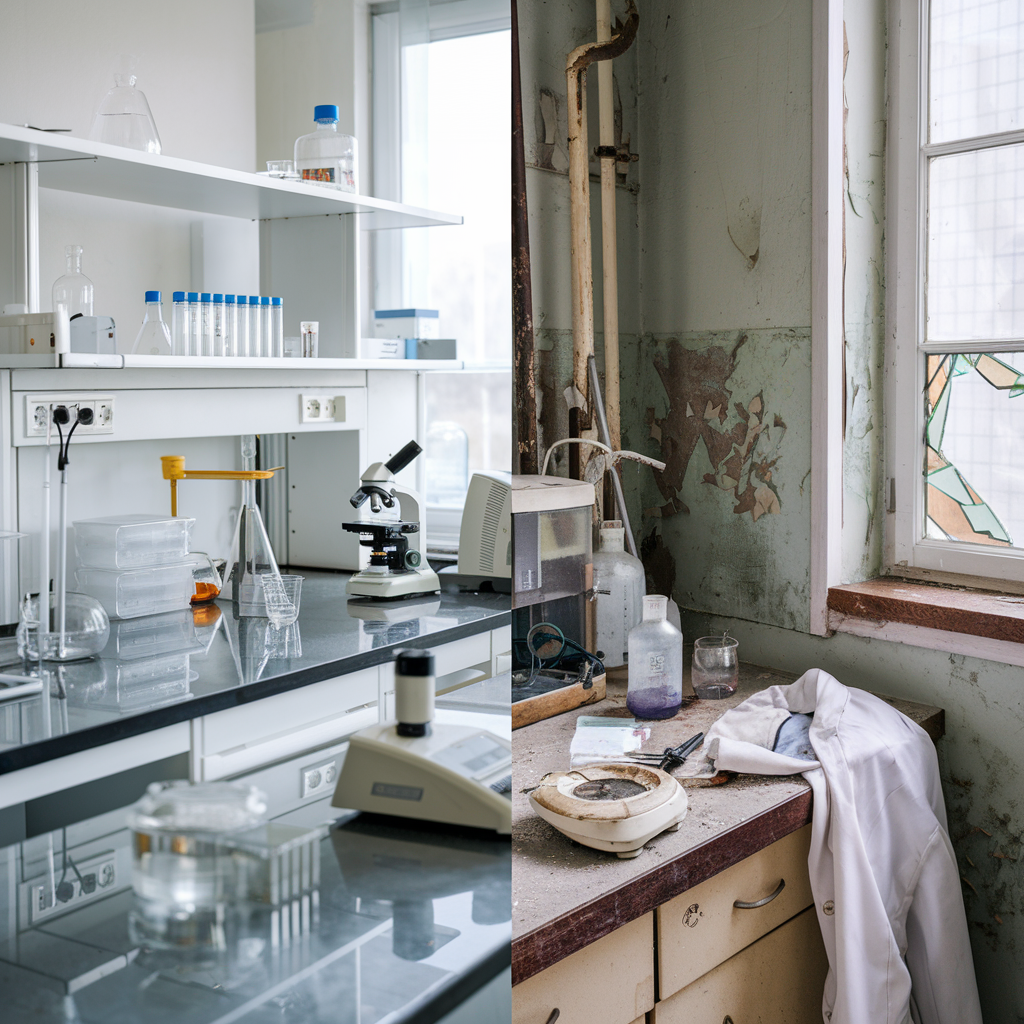
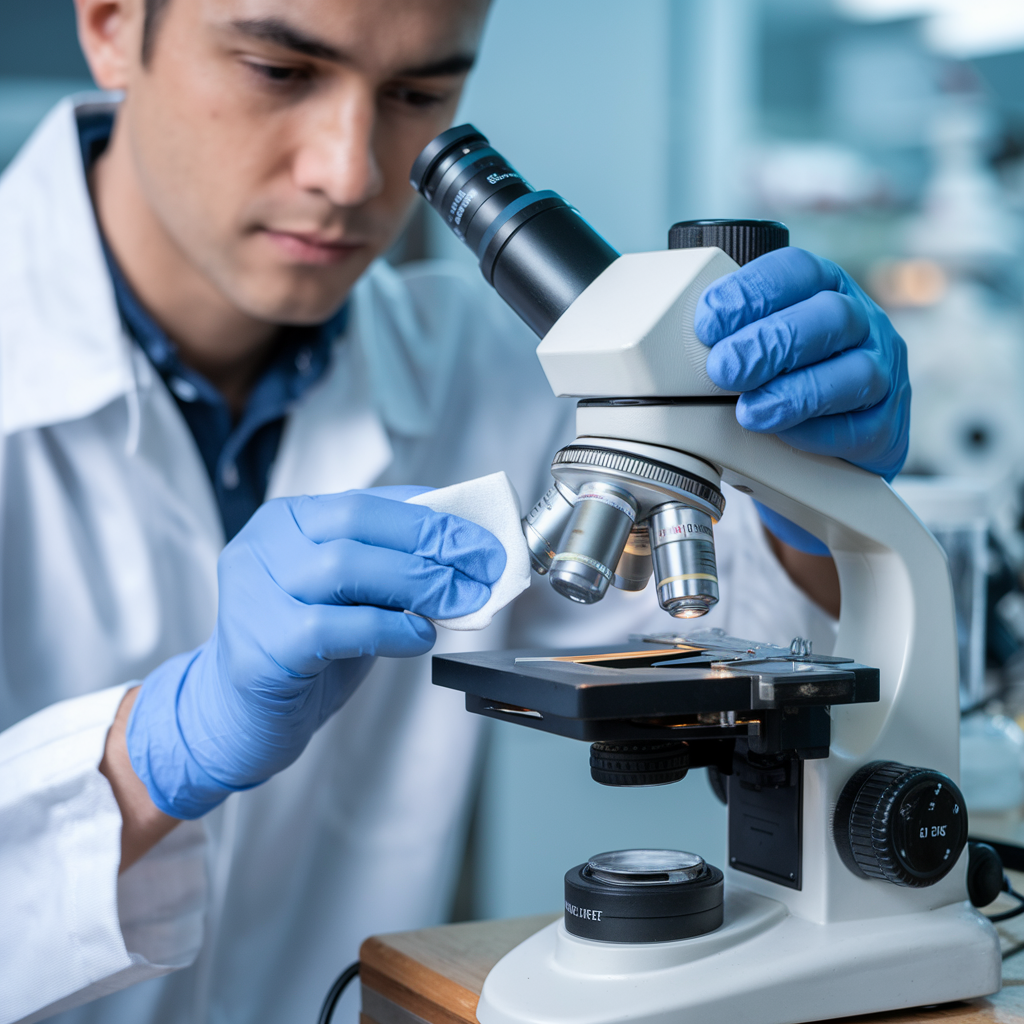
Create a maintenance schedule: Develop a maintenance calendar with specific tasks and assigned personnel.
Follow manufacturer guidelines: Refer to the equipment manual for recommended maintenance procedures. Schedule professional servicing from authorized technicians.
Calibrate instruments regularly: Ensure instruments like analyzers and centrifuges are calibrated at specified intervals to maintain accuracy.
Update software and firmware: Keep laboratory instrument software updated to enhance performance and security.
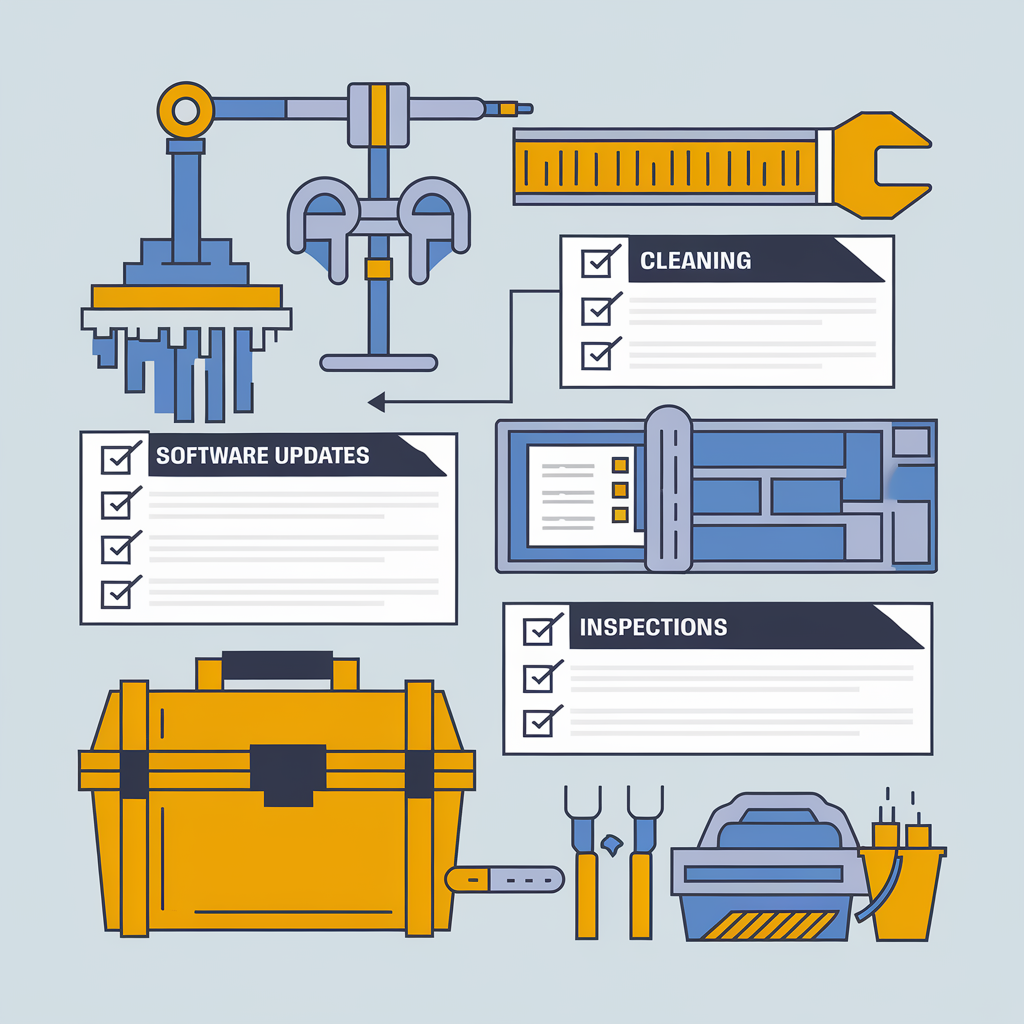
Record maintenance activities: Keep logs of all maintenance tasks for compliance and audit purposes.
Use Inventory Management Software: Use digital tools to track usage, service history, and upcoming maintenance tasks.
Conduct Periodic Audits: Audit your inventory to identify obsolete equipment and ensure full compliance with regulatory standards.
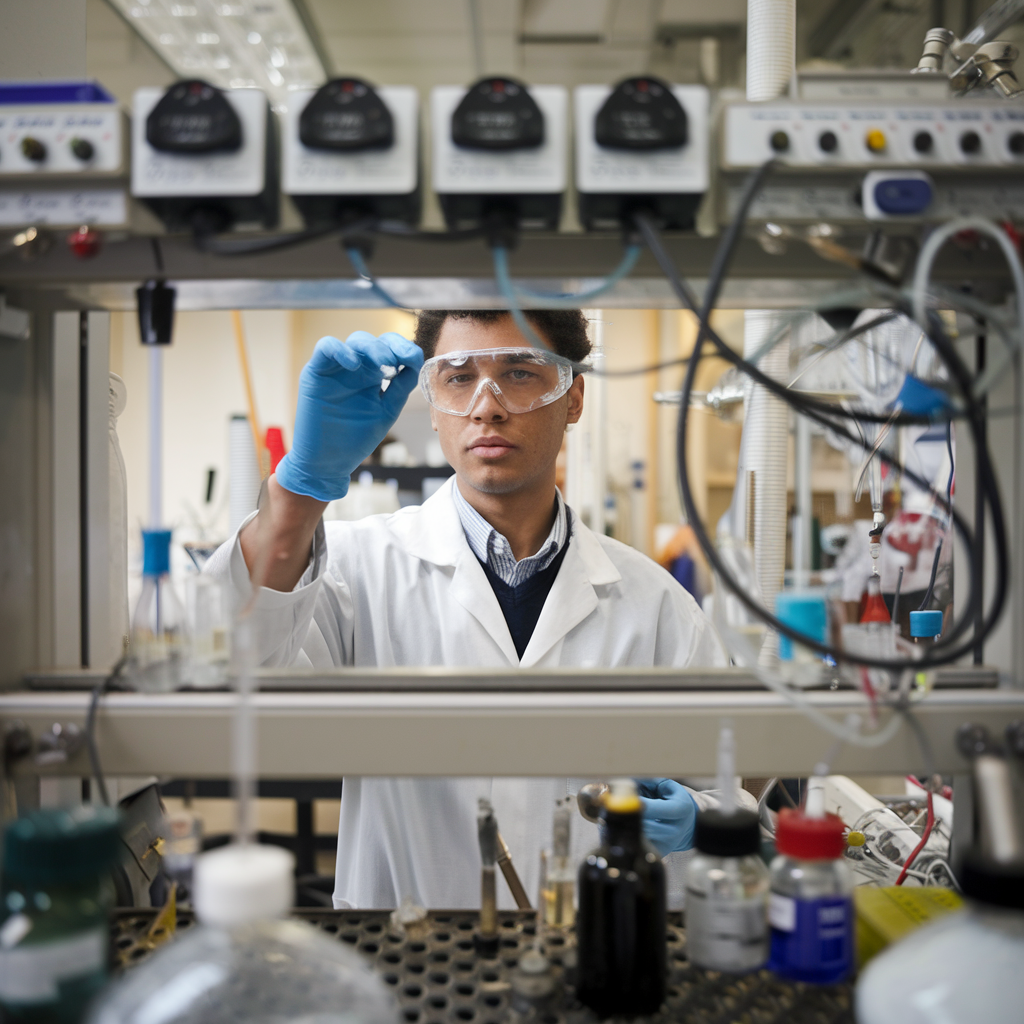
Daily maintenance should be performed after every use, while preventive maintenance should be scheduled quarterly or biannually, depending on the equipment's workload and manufacturer recommendations.
Skipping maintenance can result in inaccurate test results, increased downtime, costly repairs, and even regulatory non-compliance.
Basic tasks like cleaning and inspections can be performed in-house, but complex procedures like calibration and major repairs should be left to professionals.
Regular preventive maintenance, staff training, and following manufacturer guidelines can significantly lower maintenance expenses.
Keep records of cleaning logs, repair history, calibration reports, and maintenance schedules for compliance and audits.
Regular laboratory equipment maintenance is essential for ensuring consistent performance, extending the life of expensive instruments, and maintaining accurate test results. With a structured maintenance plan and the help of certified service providers, your laboratory can run efficiently while staying compliant with industry standards.
Need help with your laboratory equipment maintenance?